Transient Response
20% Load – 20ms
| Advanced Transient Response 20% - 50 Hz | ||||
| Voltage | Before | After | Change | Pass/Fail |
| 12V | 12.081V | 11.884V | 1.63% | Pass |
| 5V | 5.048V | 4.942V | 2.09% | Pass |
| 3.3V | 3.279V | 3.155V | 3.78% | Pass |
| 5VSB | 5.020V | 4.909V | 2.21% | Pass |
50% Load -20ms
| Advanced Transient Response 50% - 50 Hz | ||||
| Voltage | Before | After | Change | Pass/Fail |
| 12V | 12.080V | 11.951V | 1.06% | Pass |
| 5V | 5.038V | 4.951V | 1.73% | Pass |
| 3.3V | 3.269V | 3.134V | 4.14% | Fail |
| 5VSB | 4.995V | 4.947V | 0.97% | Pass |
The transient response is decent at 12V but needs improvement on the minor rails, especially at 3.3V, where the unit doesn’t pass the second test since its voltage drops below 3.14V. The problem at 3.3V is not the high deviation but mostly the low initial voltage level on this rail.
Transient Response ATX v3.x Tests
The PSU passes all ATX v3.0 transient response tests, but the 3.3V rail drops very low in the 200% load test.
In these tests, the 12V rail drops low. The caps change on the secondary side is the main culprit.
Pages:

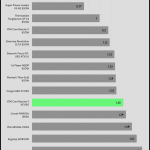
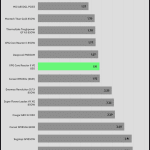
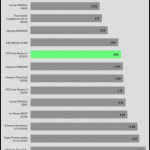

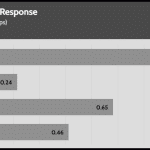
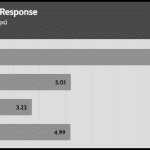
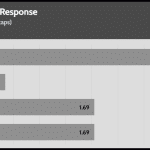
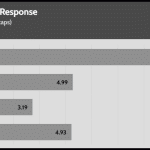
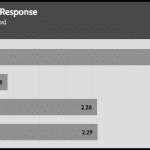
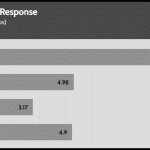
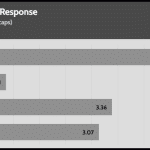
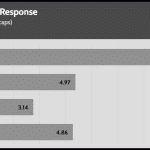

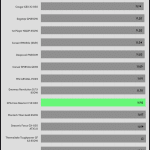
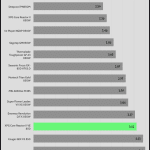
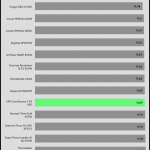
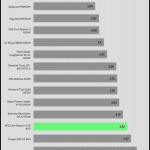
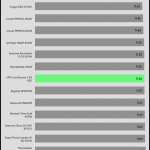
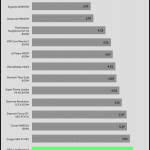



Thank you for the review. What kind of problem could it be if it drops below 3.14V? Thanks for the answer in advance.
It will apply high stress to the corresponding DC-DC converter that expects 3.3V at its input. This is why the ATX spec sets as the lowest limit the 3.14V level.
Thank you for the information. Then I’ll go back to the beginning and start looking for a new psu. I benefit a lot from your articles. Thank you.